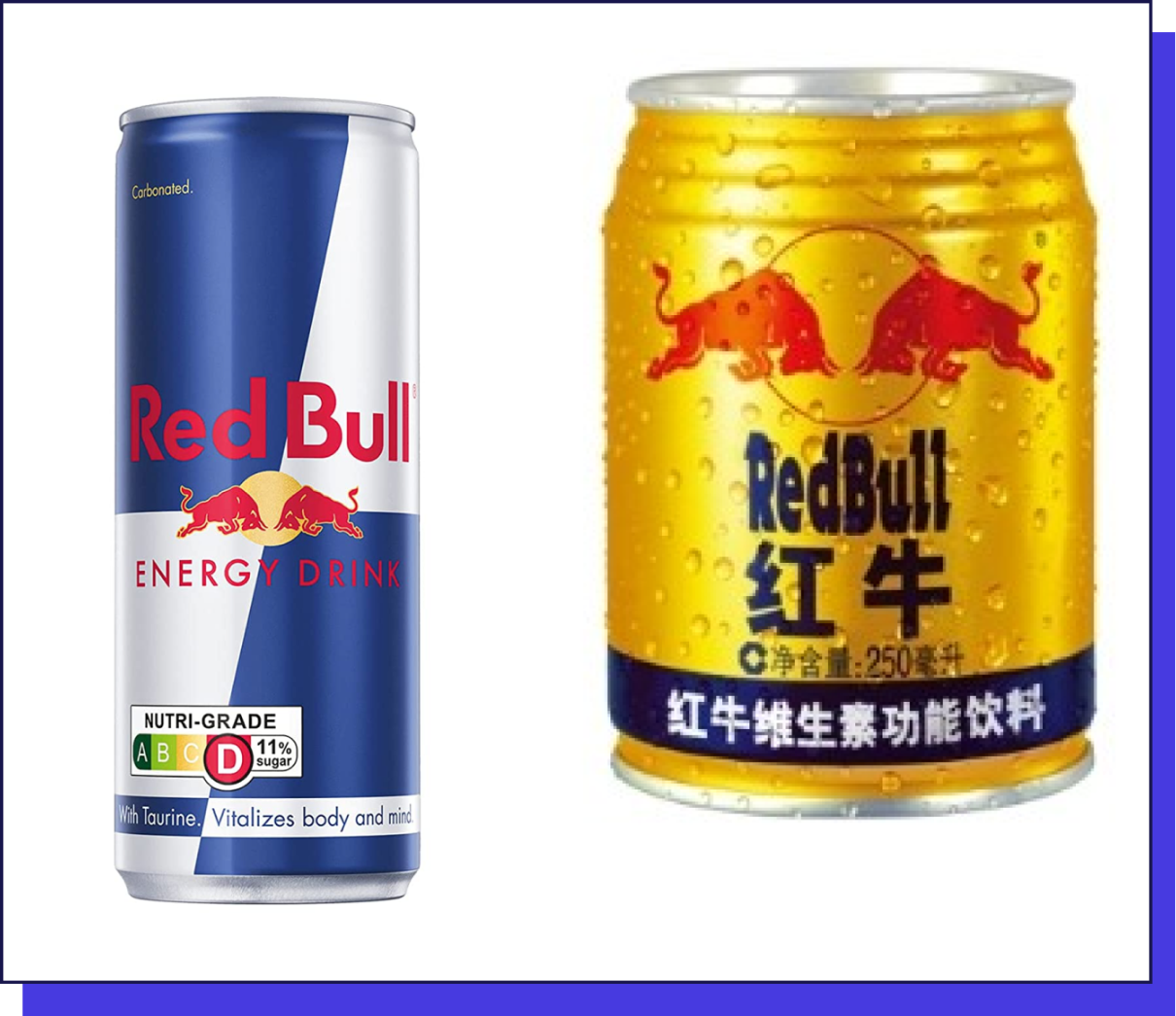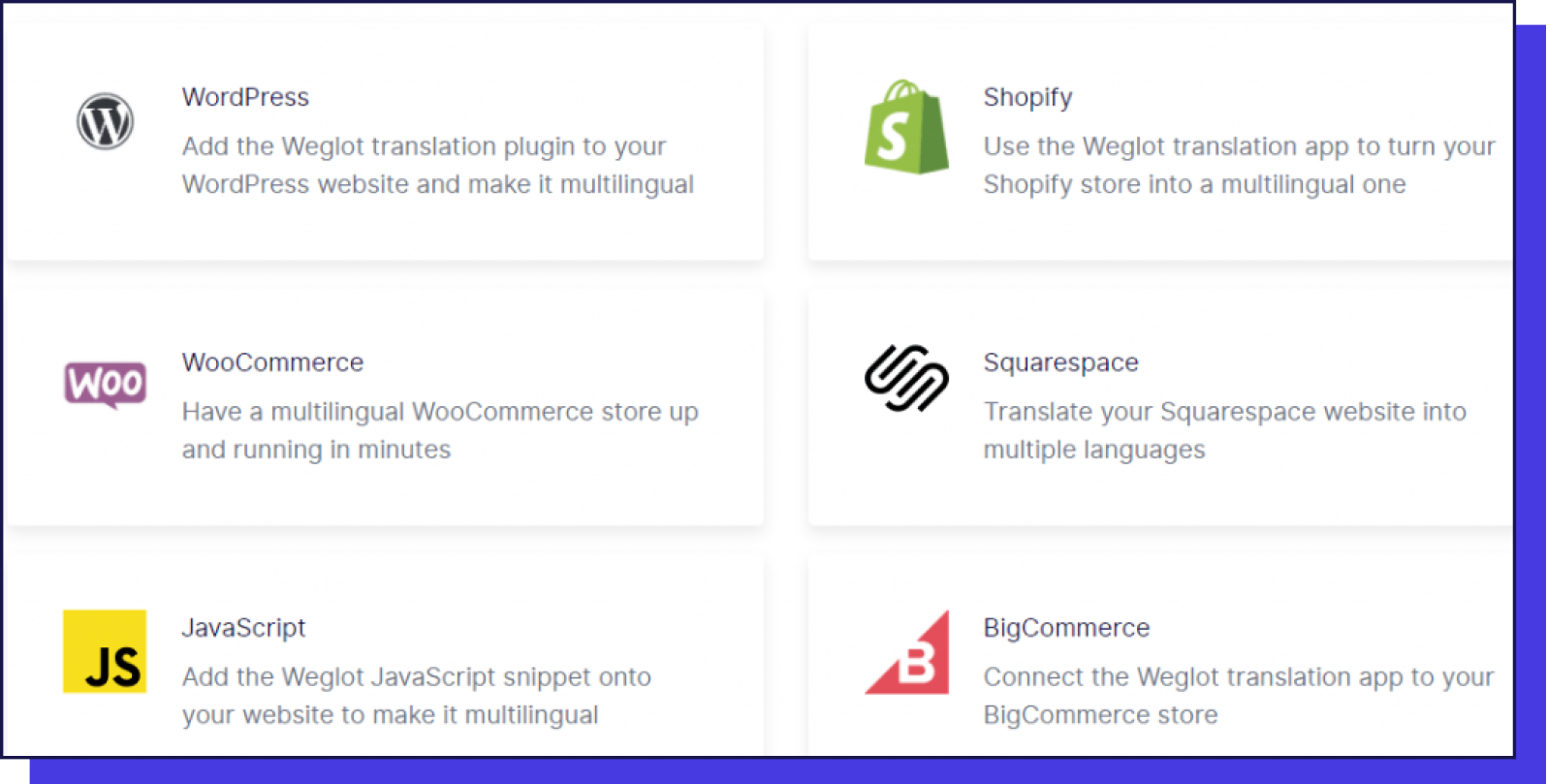What’s Transcreation? How to Use Transcreation to Gain a Deeper Understanding of Your Target Language

You’re here because you’ve written content to reach a broader target audience in another country and/or connect with prospects speaking another language.
It may be that you’re considering exporting or globalizing your business at some point, or you simply want to boost consumer engagement and sales.
If any of this resonates, you’re going to need to write translated online content that’s coherent, relevant, effective, and culturally appropriate to the local language of your foreign target market.
This is what we call “transcreation.”
What’s Transcreation?
Transcreation is a fusion of the words “translation” and “creation.” It describes copywriting content in a source text that needs to be made coherent, relevant, etc. in a new language.
Sometimes transcreation is also called “creative translation.” Namely, because the content isn’t translated word for word. However, it remains faithful to the heart of the original text. This often means that adapting words, adding idioms, and adjusting figures of speech is necessary to the transcreation process.

As such, transcreation is more complicated than a simple word-for-word interpretation because it considers all aspects of the target language’s meaning.
A transcreation professional is more than a simple linguist. Naturally, they need to be excellent at that too and have creative writing or copywriting abilities. Therefore, it’s not uncommon for copywriters and translators to sometimes work on transcreation projects together.
Why Use Transcreation for Your Website
Any business coveting foreign markets needs to evaluate its branding and marketing strategy to better attract new customers. Part of this process is ensuring your transcreated website content:
- Raises brand awareness
- Attracts new business
- Shows existing customers you’re expanding
- Demonstrates cultural sensitivity

Transcreation Made Simple
If you’re looking to simplify the transcreation process, you’ll need the right software in your toolkit.
This is where Weglot steps in.
Weglot offers machine translation to make the translation process more straightforward. Automated translation (like Weglot’s) boasts the following:
- Localization and contextualized transcreation (that’s a higher standard than Google Translate)
- It speeds up the manual translation process
- It adapts your messaging while retaining the same style, essence, and voice of your content in another language
However, Weglot goes a step further. Yes, we use machine translation, but after that, you have the option of further perfecting your translation by hiring pro translators through your dashboard. Alternatively, you can collaborate with your own transcreators inside of Weglot’s dashboard to ensure your written content is as polished as it can be.
Are you ready to start translating your website today? You can start your free trial of Weglot right now, and you’ll have a multilingual website in a matter of minutes.
Transcreation: Its Origins
In the 1960s and 70s, translators realized they needed to tailor their content for other countries, considering cultural mores. Consequently, transcreation became a way of differentiating itself from more generalized translations offered by more traditional language services.
Transcreation Today
Today, transcreation has moved on considerably. It’s now a pivotal part of capturing consumers’ attention in foreign markets. Done well, businesses can convey meaningful messages to their target audiences abroad just as successfully as they do to their home market.
Any business with a global marketing strategy that’s considering cross-market advertising needs to incorporate transcreation into their campaign to:
- Increase online engagement
- Create relevant, locally sensitive, and attractive content
- Increase ROI
- Demonstrate a robust online presence
- Run culturally specific campaigns
- Target specific demographics
- Use industry-specific words that aren’t easy to translate literally

In light of all the perks transcreation offers, here are a few simple steps to making it work for your business:
Step 1: Know Why You Need Transcreation
Before you jump straight in, define the overarching aims of your transcreation project. For example, you may want to inform new prospects before launching into a fresh market. Or, perhaps you want to focus on building brand awareness while keeping your brand’s values and tone of voice at the core? Alternatively, you may wish to embark on a new advertising campaign or increase your SEO in your target country.
Whatever your reasons, when you hire professional transcreation services, they’ll:
- Study your brief in-depth and evaluate its potential
- Give you an assessment of whether (or not) your goals are achievable
- Outline what you can expect to receive
Step 2: Define Clear Objectives
Once you’ve determined whether a project is feasible, you must clarify the objective of your transcreation.
With your wider goals in mind, decide to what degree you want the original content transferred into the final copy.
Is the goal to capture the exact same essence of the original piece? Are you aiming to send across the same message with as little varied nuance as possible? How important are style and context?
Step 3: Calculate Your Budget and Deadline
As transcreation requires an expert human touch, it’s more expensive and time-consuming than other translation methods. Transcreators are ‘word designers.’ To get the results just right, additional rounds of rework might be required. As such, clarify from the start what your budget is and when you need the work completed by (keeping in mind that time and money constraints might limit the quality of the transcreation).
Step 4: Workaround Boundaries and Constraints (If Necessary)
Usually, transcreators deliver a few alternative translations, including what each option means in your original language. This helps ensure you understand the transcreator’s reasoning before picking the best option to meet your broader objective.

Before making your final choice, consider the smaller details crucial to the success of the translation. For example, the maximum number of characters you can use in the section of your website where the translation will sit (to ensure the formatting isn’t thrown off). Or what keywords must definitely be included to enhance your SEO?
5: Adapt Your Workflow
If you’re used to machine translation, transcreation might present a new set of challenges. This is where using a plugin like Weglot comes in handy.
For instance, you don’t have to use the machine translation at all if you already know it won’t be relevant. Weglot facilitates an agile workflow, no matter how you approach translation. You can combine machine translation with professional human translators. You can also invite team members or external transcreators and creative writers to collaborate on your project. Weglot even makes it easy to manage and delegate tasks inside of its dashboard.
You’ll also be pleased to hear that integrating Weglot into your current workflow is a breeze if you’re using WordPress, Jimdo, or HubSpot. Weglot is compatible with a wide range of CMS and non-CMS technologies. You can find all of our integrations listed here.

Examples of Good (and Bad) Transcreation
Transcreation is a subtle skill requiring a good understanding of the local culture, emotional nuances, and the kinds of feelings the word you’re translating provokes.
If instead, your marketing campaigns are translated word for word, the message’s meaning can be lost or changed. In the examples below, you’ll see how transcreation triumphs over more literal translations.
Good Examples of Transcreation
A computer-chip manufacturer had to once change the style of its English slogan. The slogan “Sponsors of tomorrow,” for Brazilian consumers, translated in a way that implied a solution would be available at a later stage…rather than catering to consumers’ needs in the present moment. Consequently, the tagline needed changing. Thanks to transcreation, in Brazilian, the slogan now equates to “In Love with the Future.”

Another excellent example of transcreation done well is a leading fast-food chain. They decided not to translate its motto “I’m loving it” for its Italian audience. Namely, because they couldn’t find the right way of rendering the message and the idea behind the slogan. When they realized that no equivalent could be found, they decided to use the original English version. This has worked well in Italy and backs up its all-American feel.
Bad Examples of Transcreation
However, another fast-food chain wasn’t so successful. Its tagline “finger-lickin’ good” didn’t transpose well into the Chinese market, where the literal translation ended up being “eat your fingers.” Hardly an appetizing slogan!
Another poor example of transcreation was back in the 80s, when a vital airline introduced its first-class seats in South America. They did this using a word-for-word translation from their English slogan “fly in leather.” In Spanish slang, this could be understood as “fly naked,” which at best promoted an air of ridicule.
Achieve a Deeper Understanding for Your Audience with Transcreation
Good transcreation might not be cheap, but it’s a lot less costly and damaging for a brand than recalling a whole campaign or product due to bad translation.
To ensure your international audience feels understood, it’s imperative not to assume a word-for-word translation always boasts the same connotations for native speakers.
Transcreation helps you better connect with your target audience by ascending both language and cultural barriers. That’s why we believe it’s well worth investing some time, energy, and budget on a high-quality transcreation project.
With Weglot, you can easily collaborate with transcreators to ensure your message isn’t lost in translation. Sign up for a free trial and see for yourself how easy transcreation can be!



















